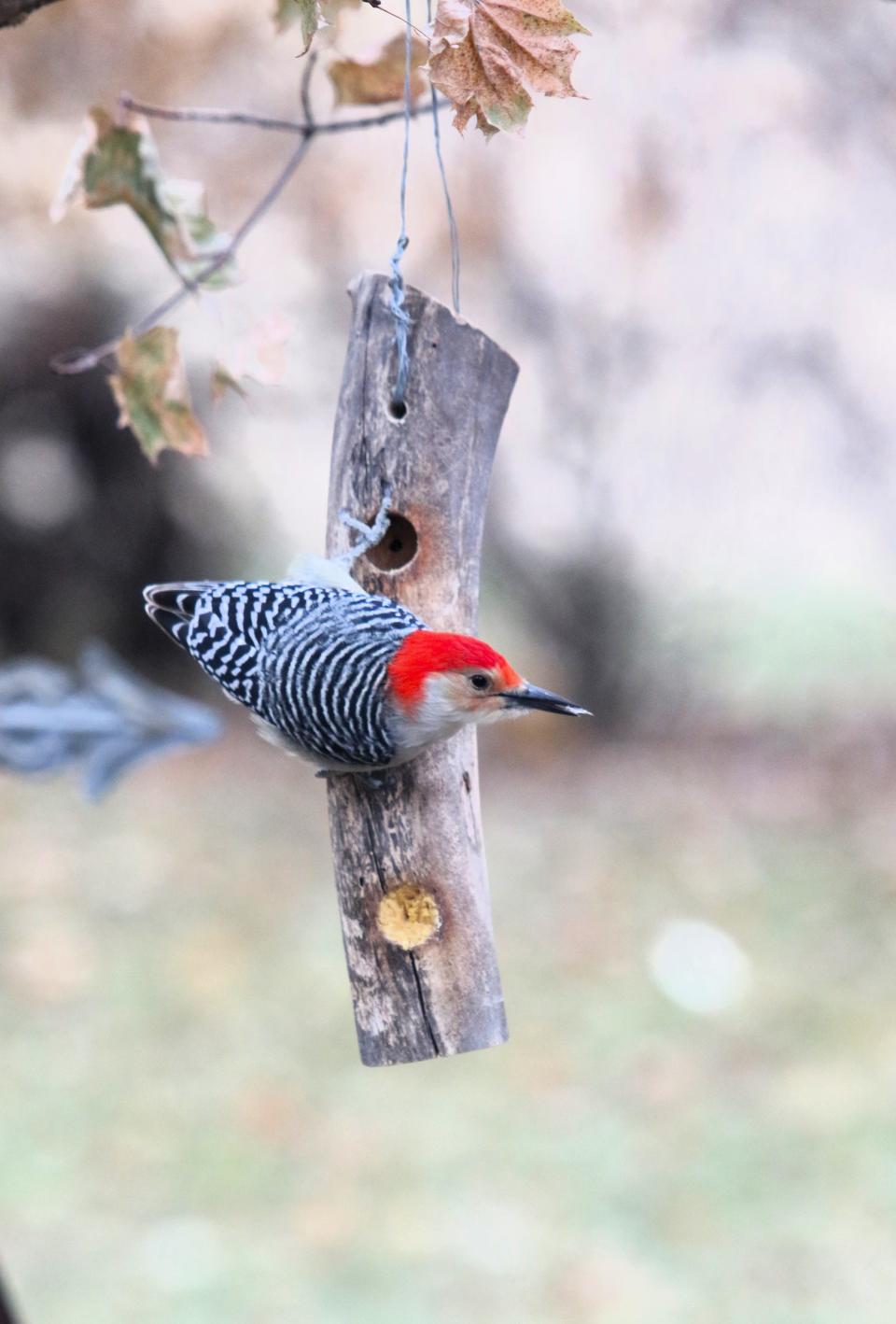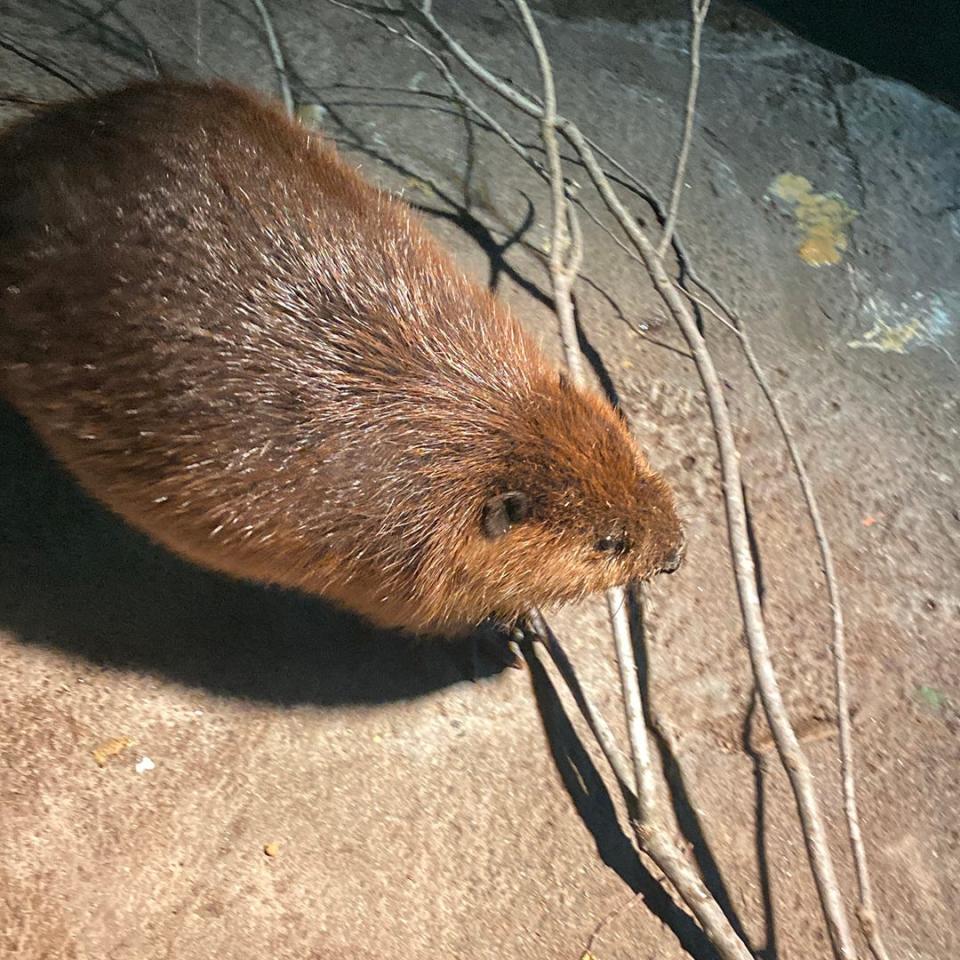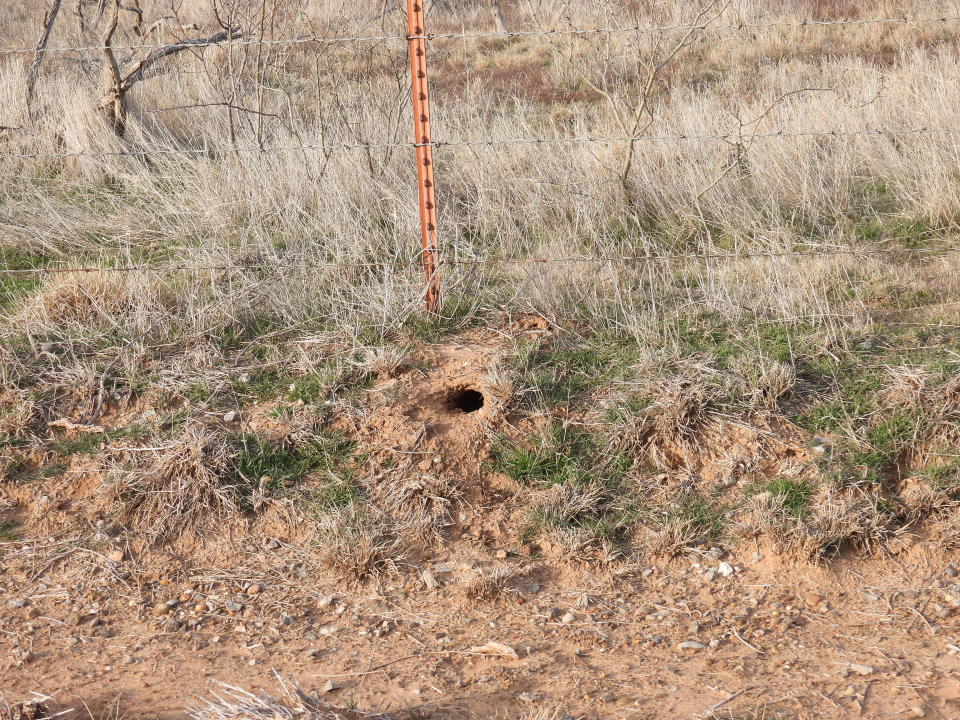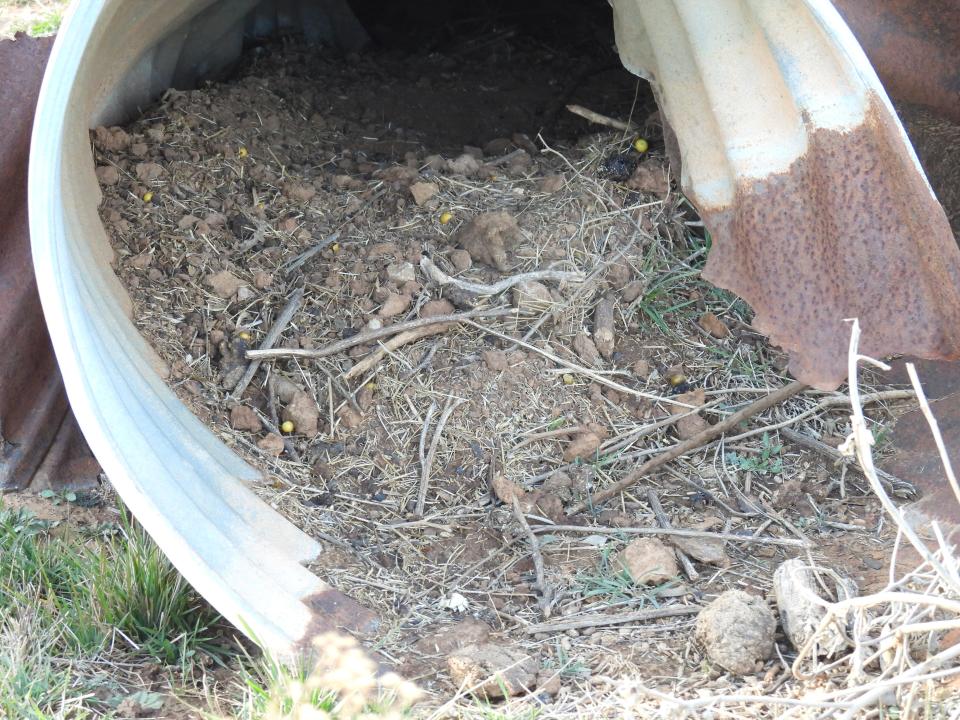'Move, change or die': How these animals adapt and survive the winter
Winter is upon the North Texas and Southwestern Oklahoma region and the conditions of this season present challenges to our region’s wild animals. Cold temperatures (sometimes extremely cold), decreases in available food items, and changes in the local flora and fauna require animals to implement a variety of coping strategies to successfully negotiate the winter season. I am reminded of a statement a university professor made regarding three choices (although I think there are really only two choices) animals have for success and survival. Simply put, the professor stated that animals must either “move, change, or die.” Perhaps L. C. Megginson said this best when he paraphrased Charles Darwin and noted that, “It is not the strongest of the species that survives, nor the most intelligent that survives. It is the one that is most adaptable to change.” With this in mind, let’s examine a few of the survival requirements and coping mechanisms utilized by wildlife species that don’t migrate (move) during winter: including finding sufficient food and/or energy, appropriate shelter, and staying warm.

Hoarding food for the long, cold winter
Adequate food resources and energy reserves are essential for an animal’s success and survival but winter food supplies and energy reserves are critical because extra energy is required to remain active and/or healthy during periods of cold weather. One solution to this challenge is storing and hoarding food for use when regular sources become scarce. Many different animals hoard food: including ants, bees, wasps, birds, and mammals. Crows, jays, chickadees, and woodpeckers use tree and ground caches to hoard seeds, nuts, grubs, insects, and spiders. Tree squirrels are famous food hoarders and a single squirrel makes multiple nut and seed caches (sometimes more than 100) in hollow trees and shallowly-dug ground caches within its immediate area. Many of the food caches are forgotten or not used prior to the spring season. Kangaroo rats, pocket mice, and woodrats also hoard seeds in and around their burrows and nests and will relocate caches (presumably to prevent their discovery by other animals). One result of insect, bird, and mammal food hoarding is the dispersal, planting, and potential propagation of trees and other plants whenever the seeds and nuts are are not consumed; thus increasing future food resources in their immediate environments.

Carrying reserve energy with them
Besides hoarding food outside, most animals are adapted to store and carry food and energy reserves inside their bodies. All of us are probably familiar with this adaptation because we go through cycles of weight gain and loss. For many animals, such as bears, bats, birds, deer, rabbits, rodents, lizards, snakes, and even alligators, gaining weight by accumulating extra fat reserves before winter is essential for their survival. The body fat helps protect and insulate their internal organs and prevents excessive heat loss during cold weather. Interestingly, a common place for storing extra fat reserves in animals’ bodies is in their tail; which is called incrassated. A few examples include alligators, lizards, opossums, rodents, and some carnivores. In addition, most mammals (bats, bears, and rodents are good examples) have a special type of fatty tissue called brown fat which produces extra body heat whenever it is metabolized (broken down). The production of heat by brown fat metabolism is called non-shivering thermogenesis and is common in many hibernating animals.
Bundling up with extra fur or feathers
A simple method for humans to stay warm during cold weather is to wear special types of clothing. Likewise, birds often molt before winter and grow extra, fluffy, insulating, down feathers beneath their contour (outer) feathers. Many birds appear to be puffed up or fatter during cold or inclement weather because they trap air within their down feathers to provide extra protection against the cold. Similarly, mammals often grow a fine layer of underfur or wool hairs beneath their outer guard hair prior to winter. The wool hairs help keep the mammals drier and warmer during the winter and early spring and are usually shed as the season shifts to late spring and summer. Many birds, mammals, and reptiles also practice social nesting or denning during cold weather and thus obtain the benefit of their partners’ body heat.

Cozy nests and dens
Nests (usually above ground) and dens (usually subterranean) provide shelter from the elements and play essential roles in winter survival. Animals that remain somewhat active during the winter months often provision their nests and dens with food and construct bedding areas and chambers that are lined with grasses, leaves, fur, feathers, and other materials to provide insulation from cold temperatures. The nests of woodrats often provide shelter for other species in addition to the rats. Various species of amphibians, invertebrates, reptiles, mice, and shrews have been observed residing within the rather large, dome-shaped, nests constructed from twigs, branches, cactus pads, dried cow dung, and even small pieces of tin and other man-made materials.

Sleeping the season away
If an animal’s physiology, diet, or other characteristics don’t allow it to stay warm and/or find sufficient food during the winter, an additional set of survival strategies help these species cope with the winter season. Whereas species such as woodrats, pocket gophers, kangaroo rats, beavers, and birds remain somewhat active throughout the winter months, other animals such as fishes, amphibians, reptiles, and some mammals in northern latitudes or habitually cold locations (examples include spiders, amphibians, snakes and lizards, bears, weasels, and ground squirrels) undergo extended periods of winter inactivity: usually within dens, underneath leaf litter and brush, under tree bark, or buried beneath mud and sediments in ponds and lakes. This inactivity is more extreme than simple sleep and includes major reductions in body temperature, breathing rate, and a significantly slower heart rate. In this state, the animals use much less energy than when active and are able to overwinter until onset of more favorable conditions in spring. In warm blooded animals (mammals and birds) this state is referred to as hibernation or torpor (shorter periods of inactivity between awakening); whereas a similar condition in cold-blooded animals (fishes, amphibians, and reptiles) is called brumation.
As you can see, our resident animals adapt and change for the winter season. Therefore, they fit Meggison’s and Darwin’s rules/statements and we can expect many of them to successfully survive our North Texas and Southwestern Oklahoma winters.
This article originally appeared on Wichita Falls Times Record News: How these animals adapt and survive the winter

